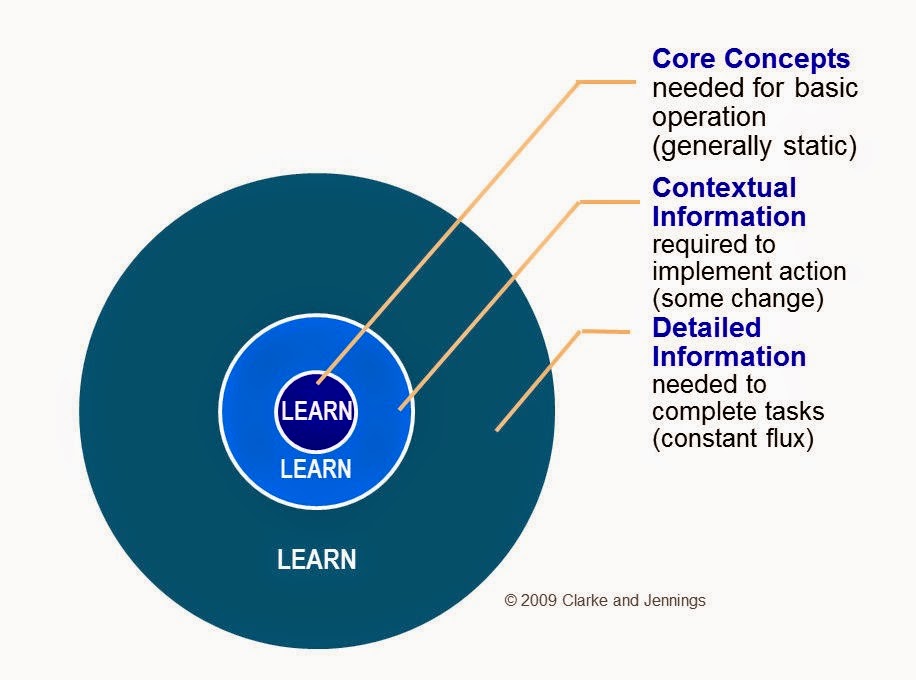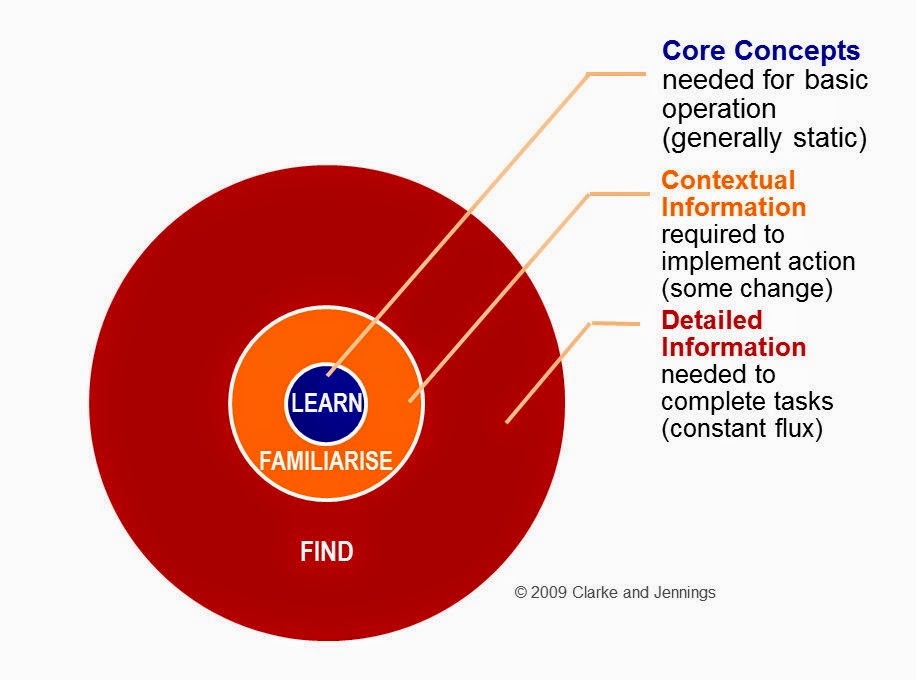To introduce the system, you are invited to a training session lasting several hours together with your colleagues from other departments. The trainer guides you through all the steps; due to time constraints, there is no practical exercise. At the end of the course, your head is buzzing and you are sent all 92 slides of the course by email.
Over the next few weeks you will initially be busy with your existing customers, but after five weeks you will have the opportunity to create a new customer in CRM for the first time. This is no problem for you, because:
(a) you remember what you have learned and can apply it without any problems. Or:
(b) you can find the relevant steps in the course materials. Or:
c) You ask a colleague
d) You find a tutorial of the CRM provider on youtube.
There is a good chance that you have chosen c) or d).
The forgetting curve
There are several reasons for this. Very few people are able to remember details of a task weeks later. Even a successfully passed test at the end of the course does not allow any statement about long-term learning success or behavioural changes. Hermann Ebbinghaus illustrated this and the exponential character of forgetting in his famous experiment of 1885:
People forget about 40% of non-contextual information within the first 20 minutes of learning if we do not immediately practice and reinforce what we have learned. If you haven’t had a chance to practise the new processes in CRM, you will have forgotten 80% of what you learned after a month.
Another part of the problem is that when we learn, we tend to focus too much on content and “knowing” and too little on doing and “doing”.
Traditional learning model
Until the 1990s, the traditional model of continuing education assumed that:
Information is generally static
information or “knowledge” is context-independent
Employees work as individuals and therefore individual training and development is the best solution
The standard approach was to expect participants to learn the entire content in a structured learning event, whether as a traditional face-to-face seminar or eLearning module. Subsequently, what is learned is confirmed through some kind of assessment. People assume that they have “learned” the subject if they pass the exam. This is a naïve view of the learning process. Learning is about behaviour change, not short-term knowledge acquisition.

“Traditional Learning” according to Charles Jenninngs, charles-jennings.blogspot.com.
Learning-on-Demand
Charles Jennings contrasts this traditional learning method with the “find-access” approach, or learning-on-demand.
The “find-access” approach is based on the fact that, given today’s information overload and increasingly dynamic nature of information, it only makes sense to memorise and “learn” core concepts. These are the foundation that will be needed for some time. Core concepts are unchanging or change only very slowly. Core concepts apply to most situations and it is helpful to have them in mind.

“Find Access”, or Learning-on-Demand according to Charles Jenninngs, charles-jennings.blogspot.com.
Then you need to familiarise yourself with the contextual job- and project-related information. This is likely to change more frequently, so having it memorised is often a hindrance. You are more familiar with this kind of information. You know where to find it. You are familiar with its nature and content, and you know how to find, retrieve and review it when you need to.
Finally, most of the detailed information or “knowledge” we need at any given time is not only ephemeral and constantly changing, but is very often in the heads of other people. With the right “Know Who?” you will be able to find and access the detailed information quickly.
Know Where
In the case of internationally active medium-sized companies, another problem arises. The branches are largely left to their own devices and have hardly any access to the “Know Who” at company headquarters. Besides the time difference, the language barrier is an obstacle.
In addition to the “Know Who”, the “Know Where” has become more and more important in recent years. It is often easier to google for the missing information instead of waiting for an opportunity to talk to the knowledgeable colleague.
This is where multilingual eLearning courses can be a key element in building the “know where” in the learning-on-demand strategy of international companies. Multilingual eLearning courses achieve a better learning outcome than written documentation and can provide the detailed information needed in this situation, contextually and to the point.
ai-torials specialises in the automatic creation of multilingual eLearning courses from existing content in PowerPoint format. With eLearning courses from ai-torials, you can enjoy the benefits of learning-on-demand: at any time, at any place, in the language of the employees – affordably.